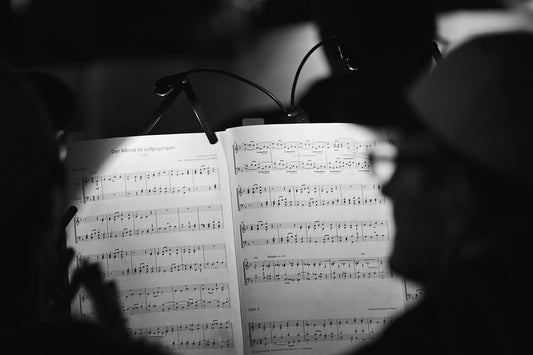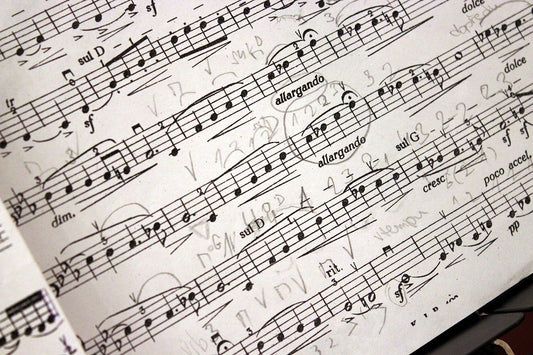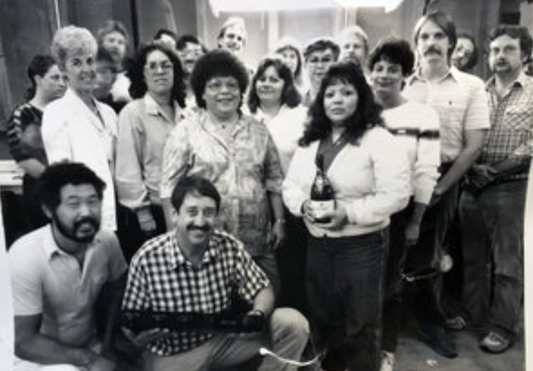 Note this famous mastering lab hasn't foam or absorbing panels that deaden the room, instead, diffusers are used between the loudspeakers.
Diffusers work by scattering sound rather than absorbing it. The ones pictured are from RPG, and there are many others as well. In the rear of PS Audio's music room One are two identical panels as well.
Note this famous mastering lab hasn't foam or absorbing panels that deaden the room, instead, diffusers are used between the loudspeakers.
Diffusers work by scattering sound rather than absorbing it. The ones pictured are from RPG, and there are many others as well. In the rear of PS Audio's music room One are two identical panels as well.
Diffuse
by Paul McGowan
Four parallel, bare walls reflect audio in ways detrimental to music, recorded or live. Furniture, pictures, carpets, and objects of any kind help scatter and absorb what walls reflect. For many homes it is a simple matter to install a good pair of loudspeakers and stereo system for great sound, but it's not always easy nor optimum.
Rooms contribute greatly to music's reproduction. My loudspeaker system will sound dramatically different in your room than mine, even if everything else is the same. And so we spend time positioning speakers for best sound, something we'd not likely do if they were outside. As I've written in these past few days, it's often better to tame sonic reflections with diffusors than absorbers. Absorbers work in a similar manner to colors, absorbing some frequencies, reflecting others. If you place a blanket across the sidewall of your listening room, higher frequencies will be absorbed while lower frequencies remain unaffected, forming a type of unwanted filter. It is almost always best to diffuse full spectrum sound than attempt to eliminate it.
There are readymade diffusion panels routinely used in recording, mixing and mastering studios. Here is a picture of diffusion panels in the mastering room of the late Bob Ludwig.
 Note this famous mastering lab hasn't foam or absorbing panels that deaden the room, instead, diffusers are used between the loudspeakers.
Diffusers work by scattering sound rather than absorbing it. The ones pictured are from RPG, and there are many others as well. In the rear of PS Audio's music room One are two identical panels as well.
Note this famous mastering lab hasn't foam or absorbing panels that deaden the room, instead, diffusers are used between the loudspeakers.
Diffusers work by scattering sound rather than absorbing it. The ones pictured are from RPG, and there are many others as well. In the rear of PS Audio's music room One are two identical panels as well.
 Note this famous mastering lab hasn't foam or absorbing panels that deaden the room, instead, diffusers are used between the loudspeakers.
Diffusers work by scattering sound rather than absorbing it. The ones pictured are from RPG, and there are many others as well. In the rear of PS Audio's music room One are two identical panels as well.
Note this famous mastering lab hasn't foam or absorbing panels that deaden the room, instead, diffusers are used between the loudspeakers.
Diffusers work by scattering sound rather than absorbing it. The ones pictured are from RPG, and there are many others as well. In the rear of PS Audio's music room One are two identical panels as well.
- Choosing a selection results in a full page refresh.
- Opens in a new window.








